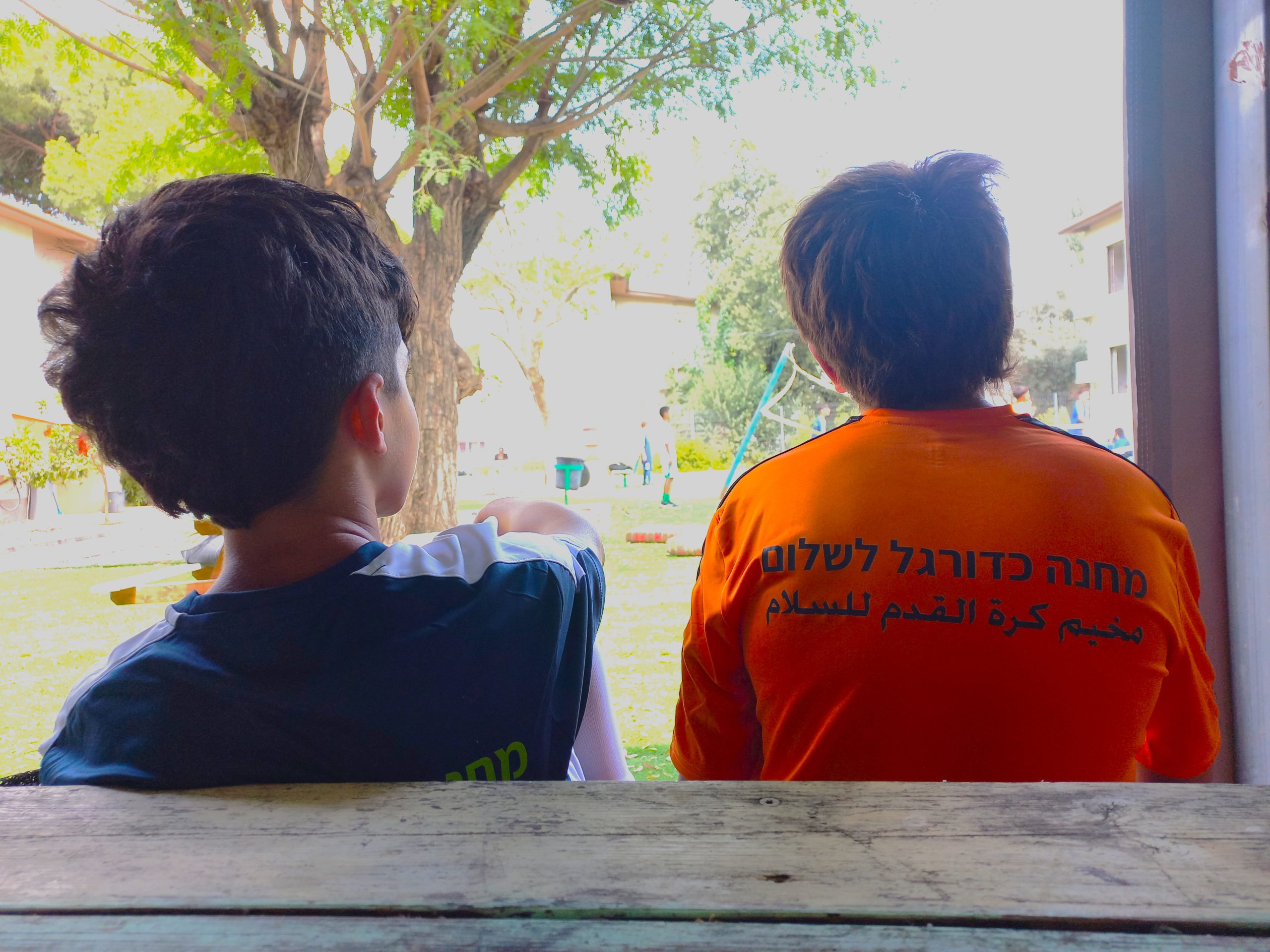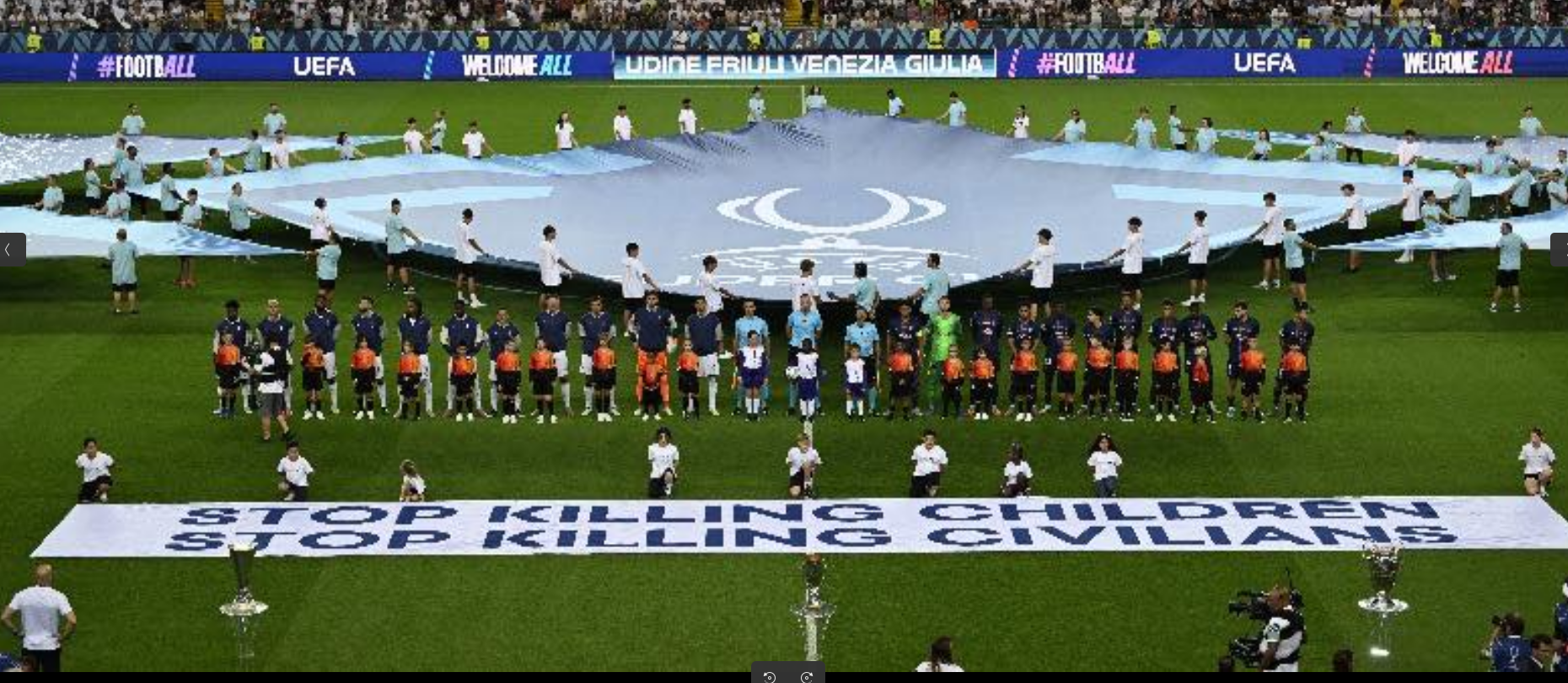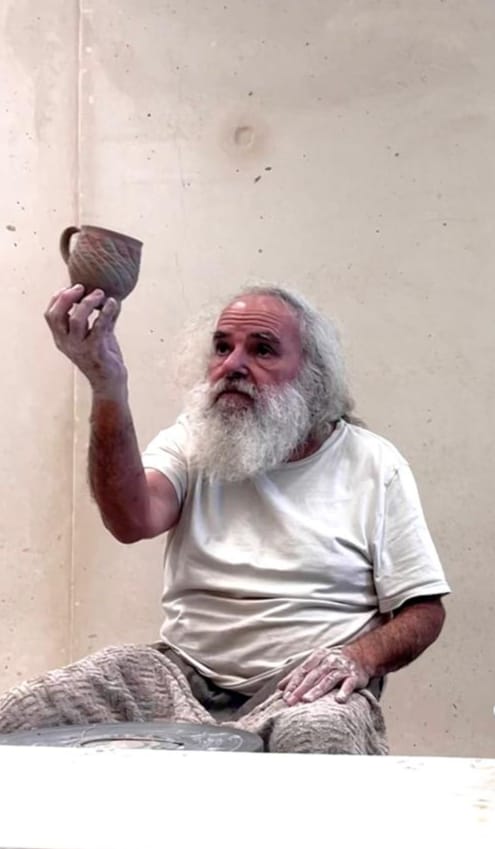
The traditional end-of-year exhibition of the Ceramics School and the Printmaking Workshop took place in the Givat Haviva Art Gallery. The bulk of the exhibition was, of course, occupied by ceramics, the oldest, most central class that has been held at Givat Haviva for decades. The exhibition was very impressive in many ways, first and foremost in its scope. No less than 500 works by about 200 artists (mostly female artists), all students of the Ceramics School, spread across five large spaces, creating a rich tapestry of wonderful works. The exhibition has a variety and richness, which bring to light the various areas of specialization taught at the center. And above all, in my opinion at least, is the level of the exhibition and the works in it: the exhibition is simply beautiful and captivating. You can walk around it for a long time and look at more and more interesting and beautiful works in a variety of colors, sizes and shapes. Anyone who wants to see what things can be done with ceramics should come. This is a showcase of purpose, both of the field of ceramics and of this special school that has been operating for many years, with great success, and deserves exposure.
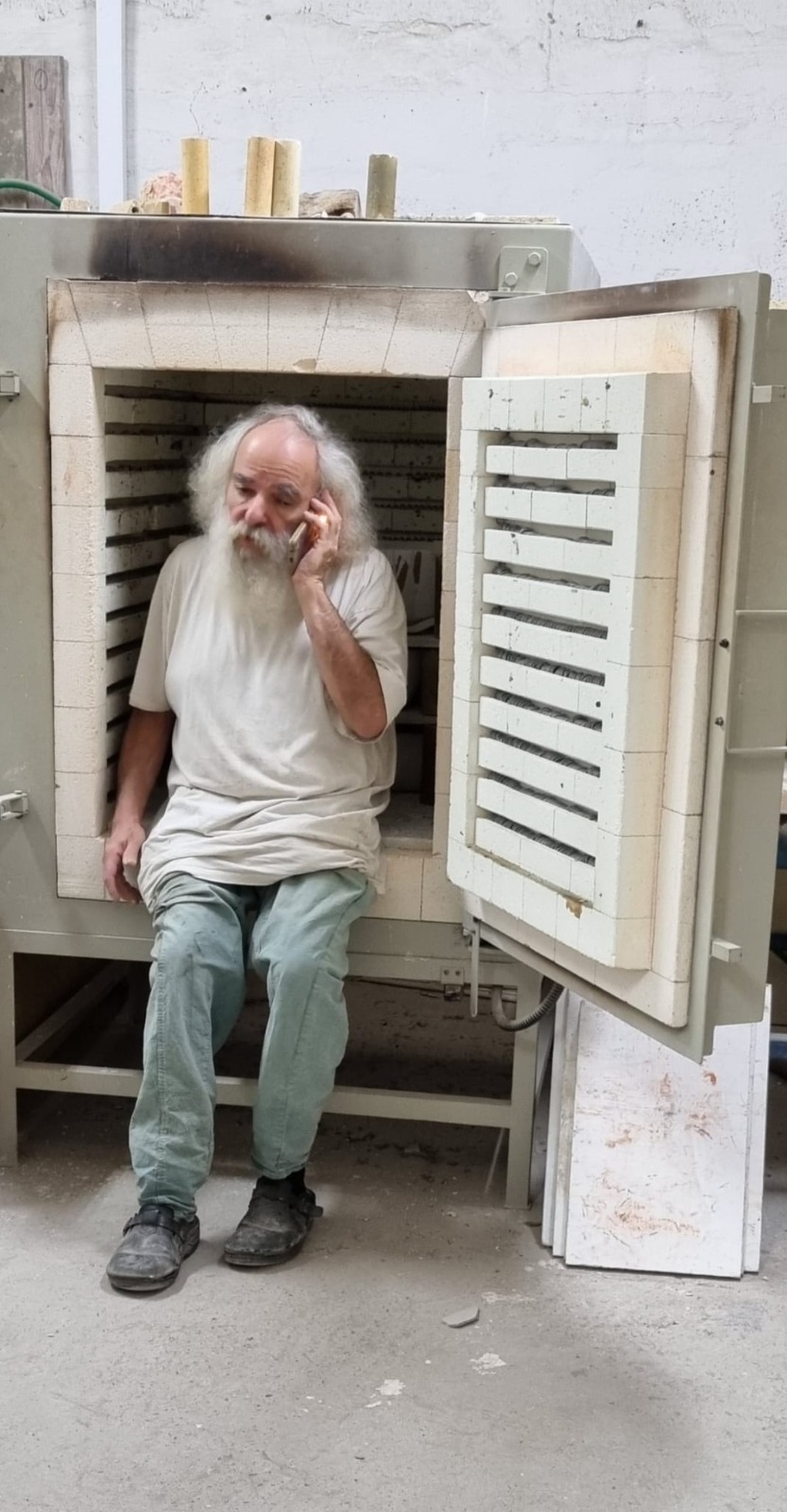
My reserved tour is led by none other than Avner Singer (69), the school’s legendary principal, who has taught there for over 30 years and is still going strong. Avner, who also curated the ceramic works in this exhibition, is a unique character who quickly puts you in the atmosphere. He lives in Pardes Hanna, a true artist and highly praised and accomplished teacher, from whom generations of students have learned the secrets of ceramics. He has been accompanying some of them for decades.
A number of things make this school unique, both in terms of the quality of the studies and the approach. In fact, there is no other place like it. Students come from all over the country, from the north and the south, and the waiting list is very long. Those who want to start studying have to wait at least two years until a place becomes available. “The concept here is more practical and less academic,” says Avner. “I have always been against us becoming a certificate institution, and there are no graduation certificates here. I am in favor of every student coming here and doing whatever they want. I am here to share my knowledge and to advance the students as much as they want. Once you enter, you can stay as long as you want, until you decide to retire. We have students who have been here for twenty years and I have students who are eighty years old. The population is very diverse. But even though it is very difficult to get in, we still have a few new students every year.”
Who are the lucky ones that manage to get in?
“Usually the youngest people who join are already mothers with children who decide to start doing something for themselves. They come for one day a week, a full day – from eight in the morning to four in the afternoon – and that’s their time to disconnect from their daily chores and do something different. Usually those who are starting out come to us already with a certain amount of knowledge. Being a real beginner and studying for a whole day is not easy. If someone calls without any experience, we recommend that they first do a short class somewhere before starting here. On the other hand, we have real artists here. Some who are already known in Israel as ceramic artists and still come to study and work with us. They really like working here, because they have a wide variety of options here.
“Today, we have about 200 ceramics students and a team of five teachers. Classes are held in groups, in different areas – stoneware pottery, ceramic sculpture (there are wonderful sculptures in the exhibition. AR), ceramic surfaces, etc. All the works are fired in our kilns. Each teacher has a dedicated assistant who is responsible for firing the works. The students don’t do that, we are very organized here. As mentioned, the classes are held during one full day a week, and recently we also opened groups in the afternoon, which makes it easier for some people to get here. Not everyone can come for a full day every week.”
What is the percentage of men in your group? 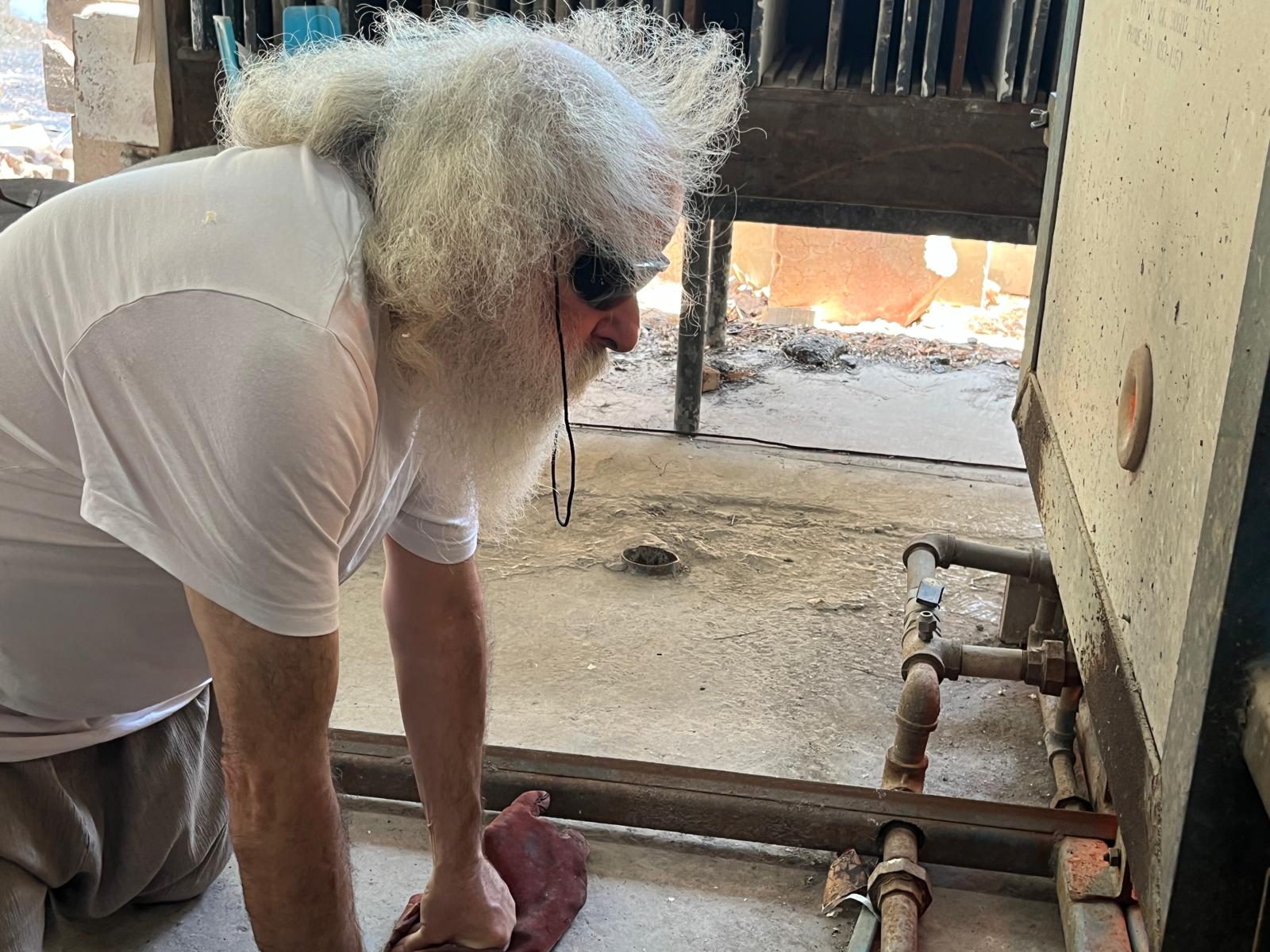
(laughs) “About 1 percent men… In the sculpture group there are a few more and in the evening classes there are 6-7 men, which is revolutionary. It’s easier for men to come in the afternoon, they don’t have time for a whole day. In any case, I try to have at least one man in each group because a group without men is something completely different. One man is enough and the whole dynamic changes. It is really amazing to see it.”
Are there Arab students?
“This is a problem. We haven’t managed to figure it out. Arabs come to Givat Haviva for a lot of other things, but in ceramics it hasn’t really worked. And we’ve tried very hard. We’ve tried to help with scholarships and various incentives, so far without much success. There are probably several reasons for this. Right now we have about two from the Arab community, but I hope we can bring more. We’re on it. It’s important to us that Arab students are here too.”
Article by Aren Reilinger in the newspaper “Zman Kibbutz” – here (Hebrew)



